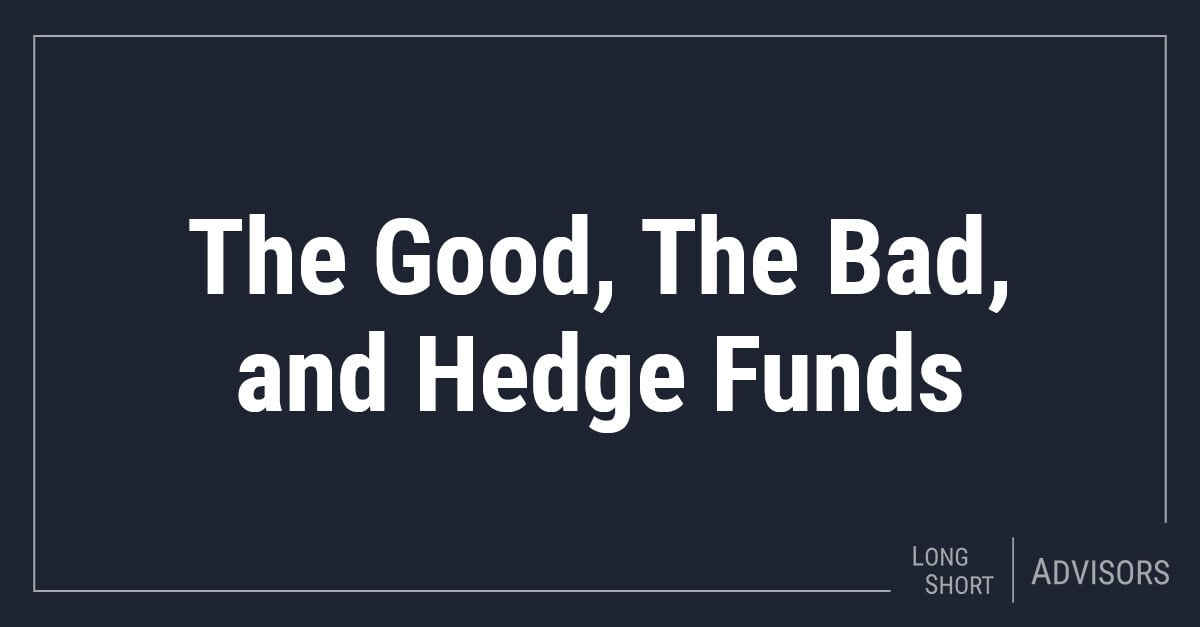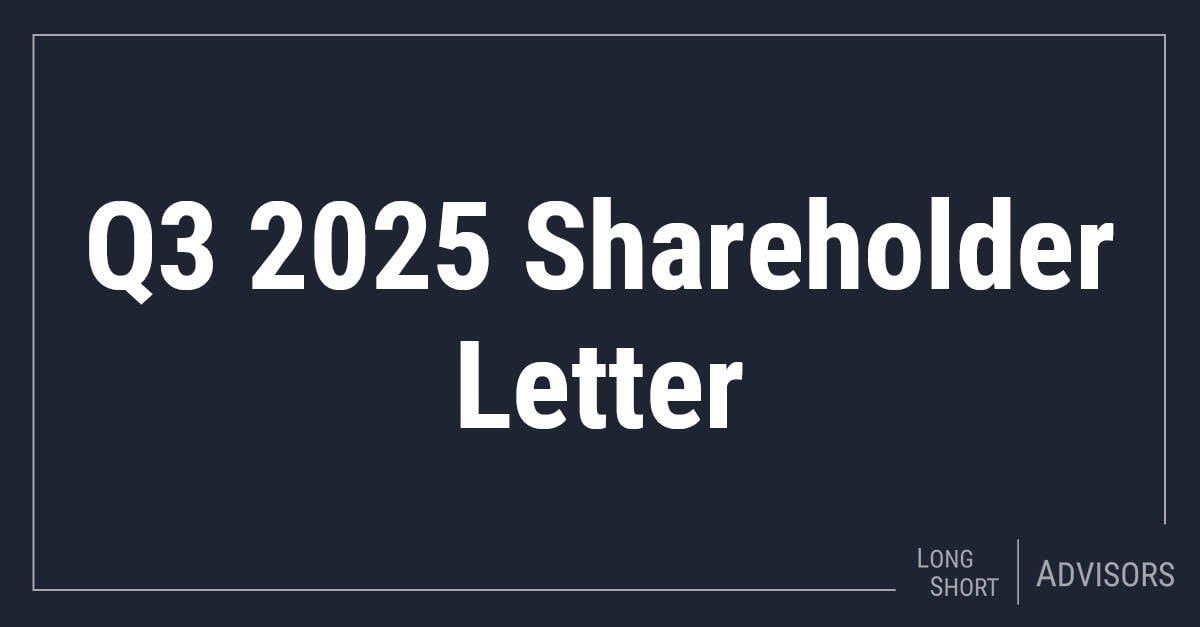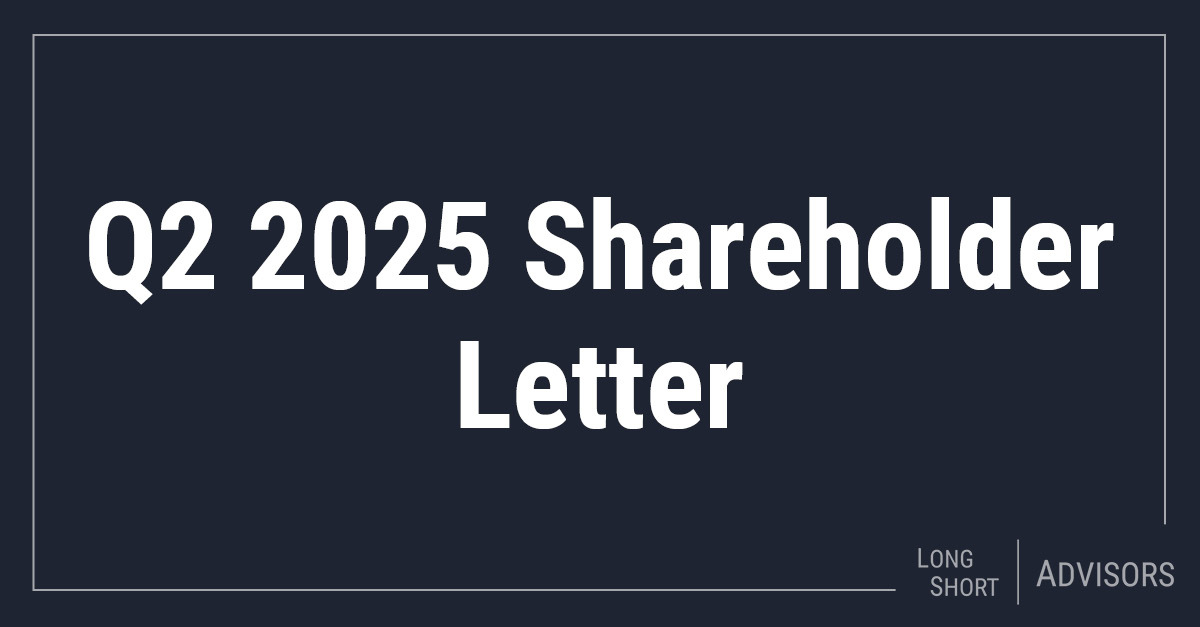Breaking Down Hedge Funds
The term “hedge fund” has a host of connotations, some of them good and some bad. Certain prominent hedge funds and their managers have pioneered some investing strategies and compiled outstanding long-term returns for their investors. On the other hand, the performance of many others has been mediocre and erratic *. Preconceptions aside, hedge funds have expanded to the point where they now play a central role in the world of finance.
Alfred Winslow Jones, a journalist at Fortune Magazine, is widely credited with pioneering the hedge fund structure in 1949. His strategy involved buying stocks and hedging his positions with short sales. This traditional long/short hedge fund strategy is centered around consistent returns and low volatility. Hedge funds have proliferated in recent years—there are now about 4,000 hedge funds in the U.S. alone and assets under management have exploded from $2 trillion in 2014 to $5.4 trillion as of the end of Q3 2024**. One of the main factors for the success of hedge funds is the desire among investors to reduce exposure to market volatility.
From long/short strategies, the types of hedge funds have also proliferated. Today, there are hedge funds deploying strategies including equity market neutral, merger arbitrage, global macro, options, and fixed income. One unifying attribute is their funding structure. Hedge funds raise money from their general partners and limited partners. The general partner is the fund manager, and limited partners—typically institutions and high net worth individuals and families-- are those who invest in the fund. Interestingly, the so-called 2- and-20 fee and incentive structure pioneered by Jones is still quite standard in the hedge fund industry. Under this formulation, managers earn both a 2% annual fee on assets under management and 20% of investment gains, or profits. Over the past decade, however, hedging strategies have become common in other more-regulated funding structures like mutual funds and exchange-traded funds (ETFs).
Long/Short Equity
Long/short equity is an investing strategy in which a fund aims to generate returns from both increases and declines in stock prices. This is achieved through buying shares of companies the fund deems underpriced and selling short stocks it believes are overpriced. This strategy reduces market exposure and still retains the potential to generate returns.
For example, a long/short fund may have a gross exposure ratio of 130%. This implies that for every dollar an investor invested in the fund, there is $1.30 working for him. For instance, say the fund invests 100% of investors’ money in stocks. The fund will then sell short shares of various companies until the market value of the shares sold short is equal to 30% of the long book. This produces a net exposure ratio of 70%, meaning 70% of the fund’s portfolio is exposed to market movements. This is because the 30% portfolio hedge in the form of short sales reduces market exposure, leaving only 70% sensitive to market movements, all else being equal.
Short selling is when a fund borrows shares from a financial institution and sells them to investors at market price. Assuming the share price declines, the fund will then buy back the shares at a lower price and return them to the financial institution. The fund profits on the difference between the price it sold the shares for and the price at which it bought them back. While the fund waits to repurchase the shorted stocks, it holds the cash it received when it sold the borrowed shares. Therefore, not only is the portfolio positioned to gain from its long positions rising in value and its short positions decreasing in price, but it also earns income—material in recent years due to higher interest rates—from the interest it earns on its cash position***. Funds don’t need to allocate money to selling stock short, as these are borrowed shares. Selling short does not require investor funds, may reduce portfolio volatility, and can potentially provide a cushion during market selloffs. To learn more about how an allocation to a long/short strategy may be appropriate for you in the current market environment, click here.
*There is an enormous dispersion of returns among hedge fund managers when compared to the variation in other asset classes. For example, in the 10 years to Q3 2024, JP Morgan reports a vast 14.2 percentage point dispersion in performance around median returns for hedge fund managers, compared to just 2 points for managers of global large cap equities or bonds. https://am.jpmorgan.com/us/en/asset-management/adv/insights/market-insights/guide-to-the-markets/, p. 58
***Note that short sellers aren’t entitled to receive dividend payments from the shares they’ve borrowed and, in essence, must pay the dividend to the stock’s owner.







